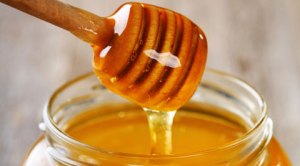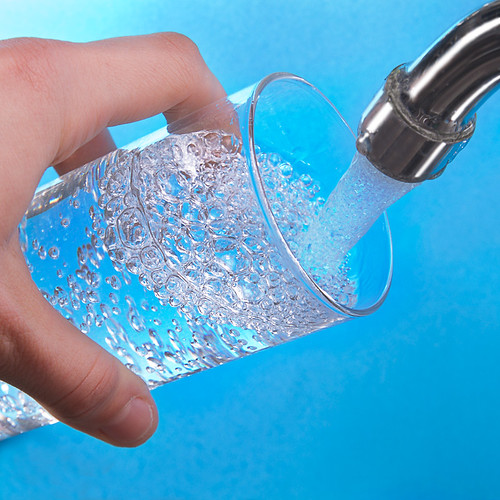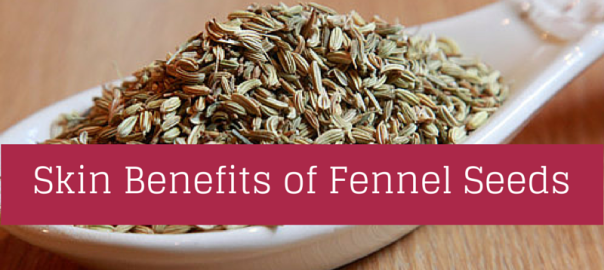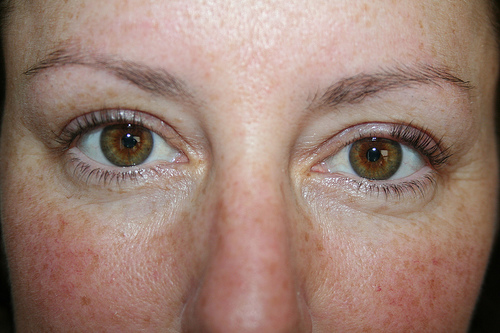When I received my rosacea diagnosis, the first treatment I was given was a prescription medication…and then another…and then another. None of them worked. This meant that controlling my skin disorder was something I needed to do without the help of a magic lotion or a miracle pill.
The first thing I did (after speaking to my dermatologist) was to discover my triggers. As much as I did a great job, it was very challenging pinpoint the guilty parties behind my flare-ups.
Identifying Rosacea Triggers
It took some careful tracking, but I discovered a number of the triggers that were causing the redness, bumps, burning, itching, and stinging on my cheeks. I used a free online diet tracker to help me get the job done. The tracker may have been designed for weight loss, but I used it for rosacea loss, instead.
Every day, I tracked my foods and my activities so that I could discover trends when I experienced flare-ups. I also learned a lot about nutrition, along the way!
Rosacea Flare-Up Culprits
Every rosacea sufferer has a different set of triggers that cause their skin issues. Even before I started tracking, I found out that my skin care routine wasn’t doing my any favors. I needed to start using a lot more sunscreen and I needed to take away all of the harsh ingredients that were found in my cleanser, moisturizer and even my makeup. I now use a natural rosacea skin care routine made up primarily of products from a local company that has a focus on skin conditions like mine.
Through tracking, I found out that direct sunlight, hot weather and humidity, cold weather and wind, intense physical exertion, spicy food, caffeine, alcohol (especially red wine), some vinegars, high amounts of refined sugar or dairy, and any food or beverage that is hot enough to produce steam will all cause my flare-ups. They will make my skin turn red, feel different intensities of burning and stinging and make my face tight and itchy. Sometimes, they will even causes breakouts of little whitehead-like bumps that look like pimples but aren’t acne.
Avoiding Rosacea Triggers
Do I avoid these rosacea triggers? I sure do. Keeping away from my triggers is a critical component of my natural rosacea treatment strategy. However, many of those triggers also happen to be some of the things that I love the most in my life.
For example, I enjoy being fit as a part of my effort to live a healthful lifestyle and slow the aging process. One of my regular activities is to walk a neighbour’s dog five days per week. That means that I’m out there nearly every morning, walking briskly for about 30 to 45 minutes regardless of the hot sun, biting cold wind or intense humidity. I’m not about to give that up, so I stay hydrated, remain on the shady side of the street, wear a broad brimmed hat, and use a fantastic 60 SPF sunscreen meant for faces with sensitive skin. When I get home, I take care to cool down and cleanse my face before moisturizing it well.
I still drink a cup of coffee every morning, too. I’m a writer. I love my coffee. However, instead of having 2 to 3 cups, I now have about 1 and a half. Even more important: I let it cool down before I drink it. I never needed my coffee to be scalding hot, so it’s not much of an effort for me to wait until it stops steaming before drinking it. I’ve used this cooling technique for many of the foods I eat. The cooler it is, the lower the risk of burning cheeks.
I also drink coffee black. Too much sugar or dairy can increase my risk of a flare-up, so I leave those ingredients out. That is especially important for me because I am a huge fan of ice cream. To be able to manage the small ice cream cone that I savour nearly every evening as dessert, I need to be careful not to overdo it on either dairy or sugar. I make a concerted effort to keep my consumption of refined sugar as close to nothing as possible. I’ll use raw honey as an alternative when something absolutely must be sweetened. Otherwise, I try to choose options that are void of refined sugar.
So, Can You Drink Red Wine if You Have Rosacea?
Yes! If it causes redness in your face like it does in mine, then there is a trick to it.
Here it is. Drink it very rarely and in small amounts. This gives you the chance to choose very good red wine. I drink about a third of what I used to, so now I feel free to spend up to three times as much on a bottle! I let one glass last by sipping it and savouring it.
On the day after I have had a glass of red wine, I focus on being well hydrated, treating my skin well and on eating foods that contain anti-inflammatory ingredients, such as turmeric (don’t forget a bit of black pepper so that it will be absorbed well during digestion!). I still experience redness from red wine, but I keep it brief and to a minimum with this technique.
I hope you’ve enjoyed learning about how I identified my rosacea triggers and what I do to make sure I don’t have to give up everything I love in the name of avoiding flare-ups. Over the years, I have discovered a tremendous amount about nutrition and eating with rosacea-control in mind…and that will be the topic of my post, next month.
Follow Julies story at https://treatrosacea.wordpress.com/ – https://www.facebook.com/rosaceatreatmentoptions
Note from Caroline – If you have enjoyed Julies post please feel free to comment or ask Julie any questions. Perhaps you suffer from this skin condition yourself or know someone that does so please share 🙂


















